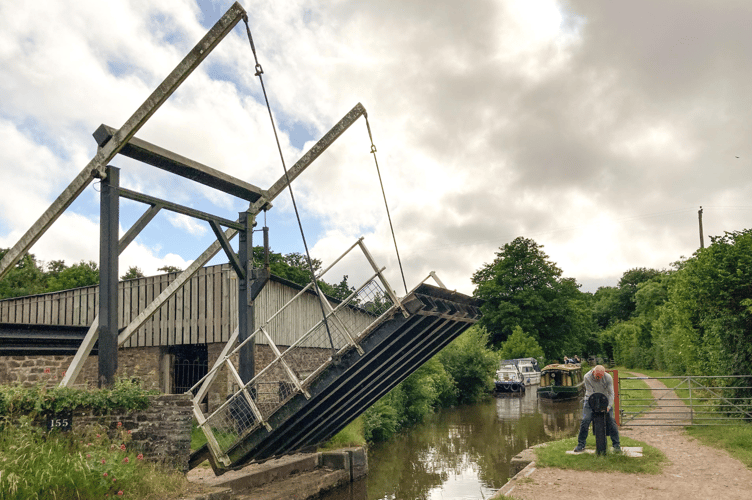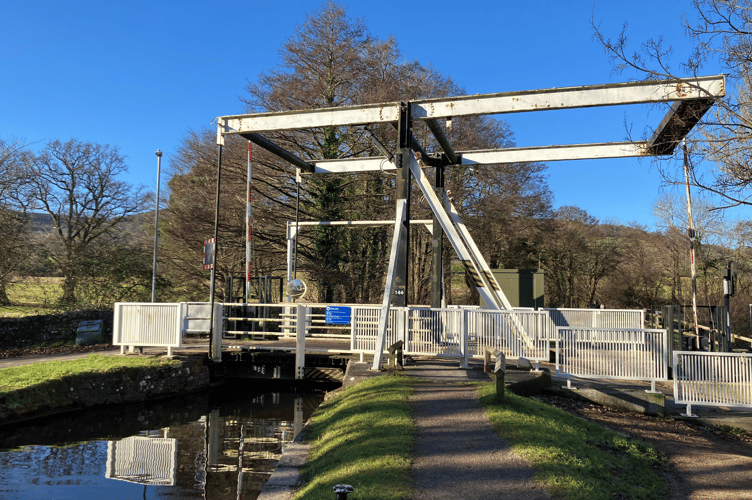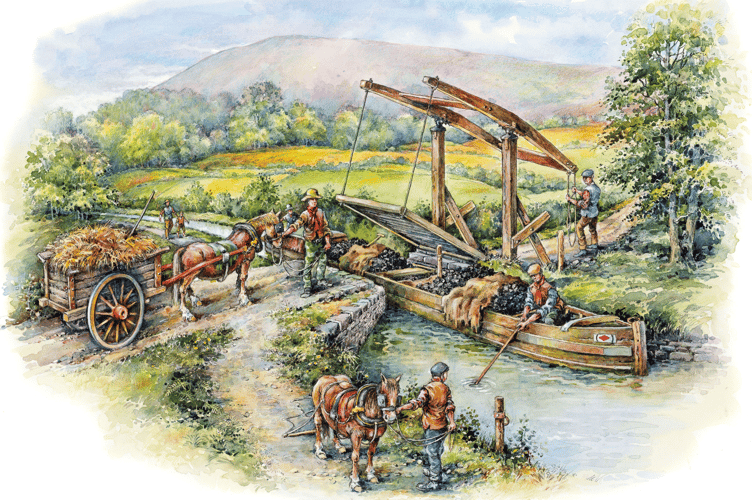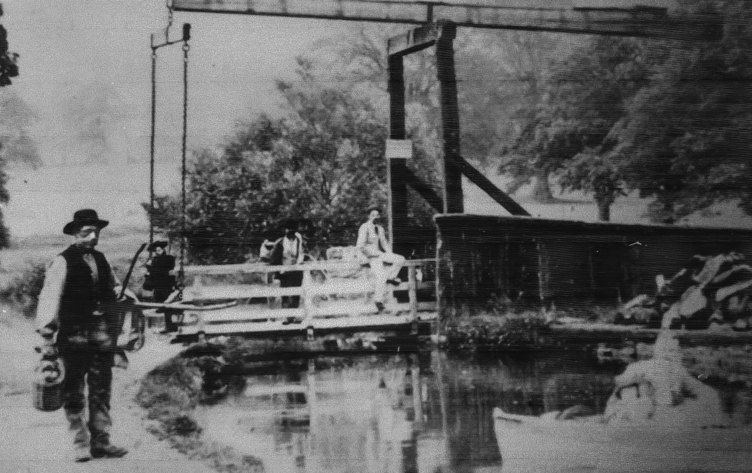Throughout 2025, Glandŵr Cymru, the Canal & River Trust in Wales, and its partner organisations are celebrating the 225th anniversary of the Brecon Canal.
The Monmouthshire & Brecon Canal began life as two separate canals – the Monmouthshire Canal and the Brecknock & Abergavenny Canal. Although the two were joined in 1812 at Pontymoile, this year’s anniversary celebrates the completion of the Brecon Canal 12 years earlier when the first cargo of coal reached Brecon Basin on Christmas Eve 1800.
David Viner, heritage consultant at Canal & River Trust, is telling the story of the canal throughout the year.
In his latest look back, David studies the drawbridges which featured along the canal.

After Talybont, the canal to Brecon passes through more open country and Thomas Dadford was able to save costs in building some of the bridges. Where the canal ran along an embankment above the adjacent fields, a simple and cheaper alternative to the masonry arch bridge was a lift or drawbridge. These were timber structures with a low-level deck across the canal and a counter-balancing frame overhead which could easily be raised by one person.
The drawbridge was an ideal solution for crossings without much traffic such as minor roads and farm tracks. Dadford built five over the canal between Talybont and Pencelli. The example in Talybont today has been rebuilt several times and is electrically operated, but the next four, while made of steel, are still worked manually and broadly resemble the original pattern.

Originally there were more drawbridges along the canal, but as horses and carts gave way to much heavier motor vehicles in the 20th century, some have been replaced. Bridge 128 at Llangynidr is still called Panteague Drawbridge, although it was rebuilt as an overheadbridge after the lifting deck collapsed in the 1950s, injuring a farmer and killing his dog.






Comments
This article has no comments yet. Be the first to leave a comment.